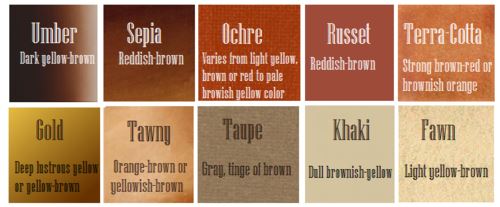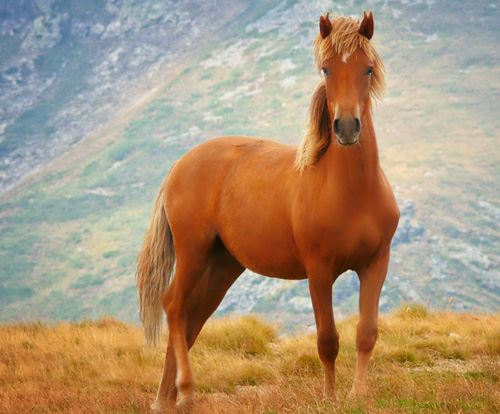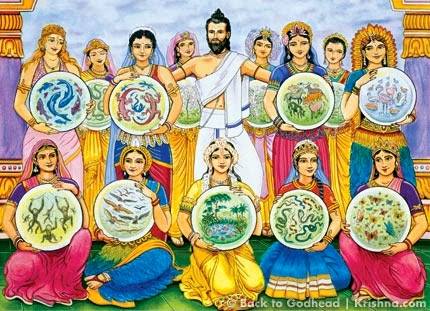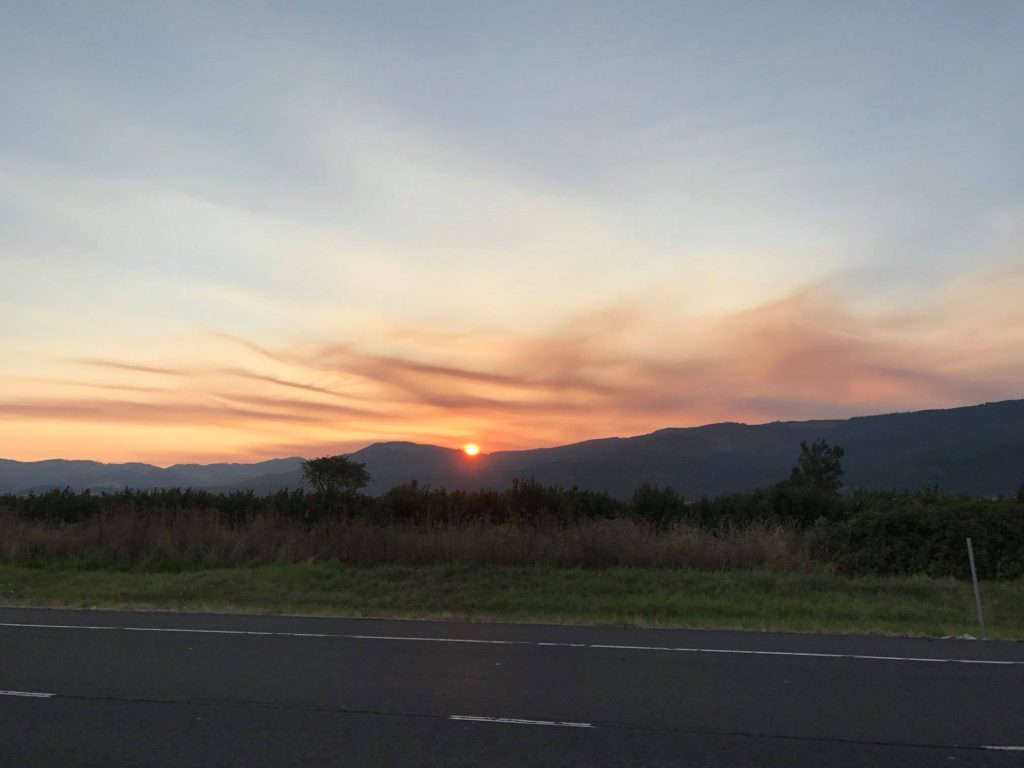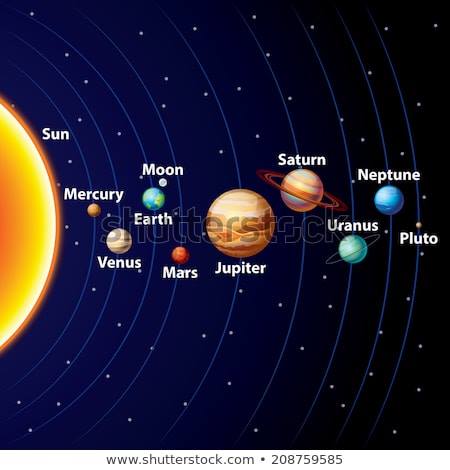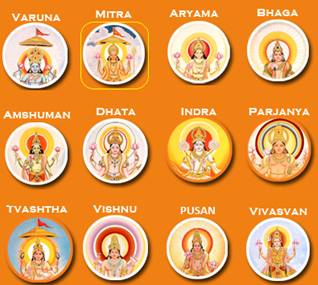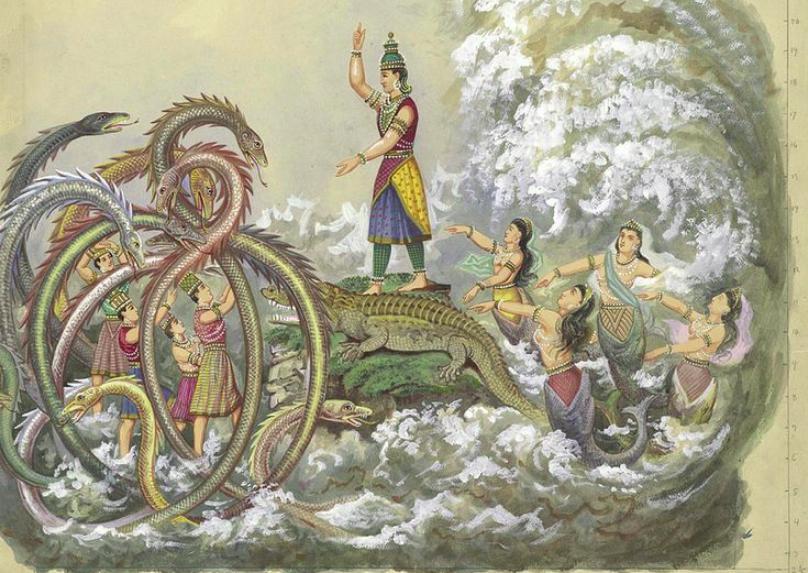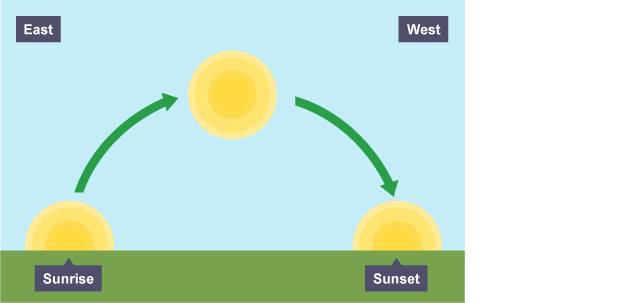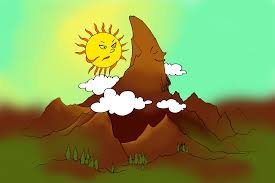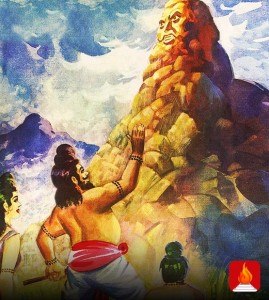Aditya Hrudayam Series Week 22
Shloka Taatparyam Shloka 17
जयाय जयभद्राय हर्यश्वाय नमो नमः।
नमो नमः सहस्रांशो आदित्याय नमो नमः॥ 17 ॥
Jayāya jayabhadrāya haryaśvāya namo namaḥ ।
namo namaḥ sahasrāṃśo ādityāya namo namaḥ ॥ 17 ॥
Meaning:
Salutations again and again to him who brings Victory.
Salutations again and again to him who brings prosperity and auspiciousness (to victories)
Salutations again and again to him who rides Reddish-brown horses
Salutations again and again to him who spreads himself into a thousand rays
Salutations again and again to the beloved son of Aditi
(Aditi is Devamata. Aditi in Samskritam means one who has inexhaustible abundance. She is one of the thirteen wives of Sage Kashyapa. They had 33 sons of which 12 are Adityas including Lord Surya.)
जयाय – Jayāya – one who brings victory
जय – jaya – victory
भद्राय – bhadrāya – brings prosperity, auspiciousness
हर्यश्वाय- (हरी+अश्वाय)- haryaśvāya – Hari is green. Some people interpret this as green horses.
But in this context it is haridra + ashvaya. Haridra is more like reddish brown or tan. It seems to make sense while talking about horse coat colors.
नमो नमः – namo namah – Salutations again and again
नमो नमः – namo namah – Salutations again and again
सहस्रांशो – sahasrāaṃśo – sahasrā + aṃśo
Sahasram is 1000 Amsa means parts. sahasrāaṃśo means one who manifests into a thousand parts (rays)
आदित्याय – ādityāya – Beloved son of Aditi
Aditi means inexhaustible
नमो नमः॥ – – namo namah – Salutations again and again
